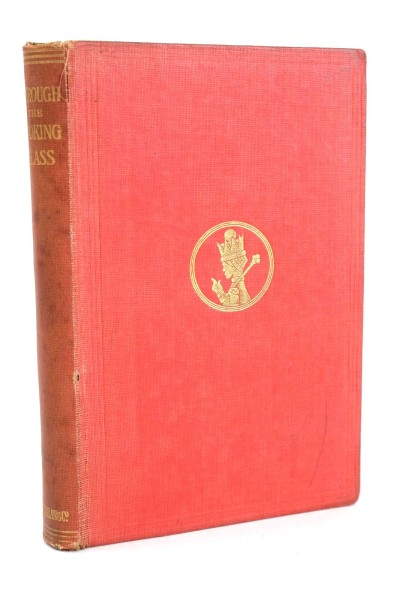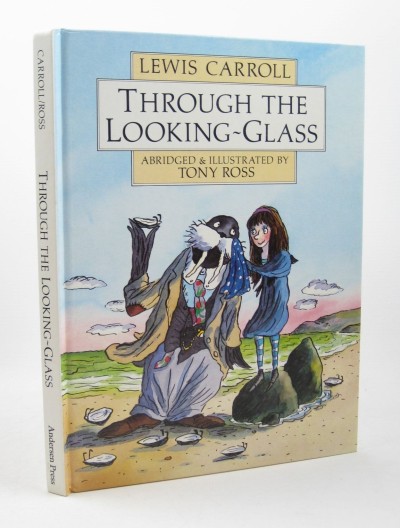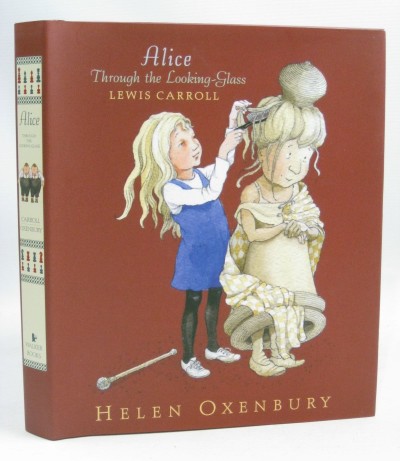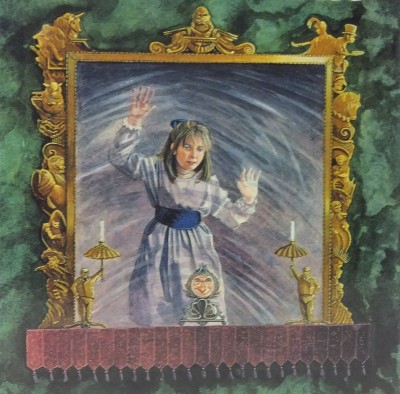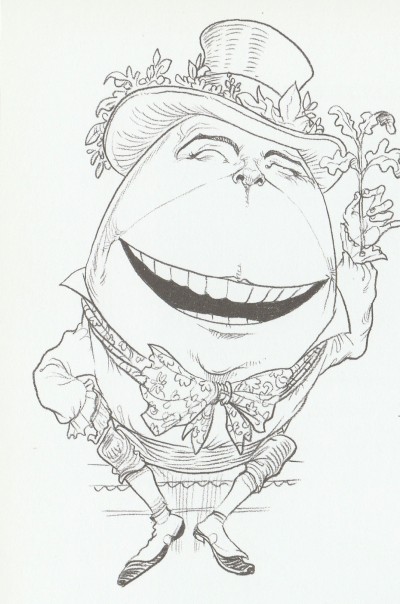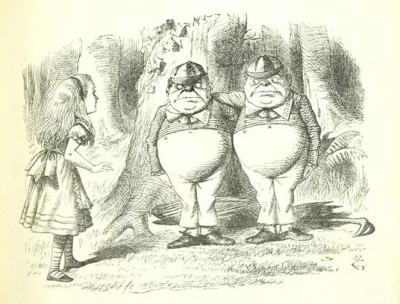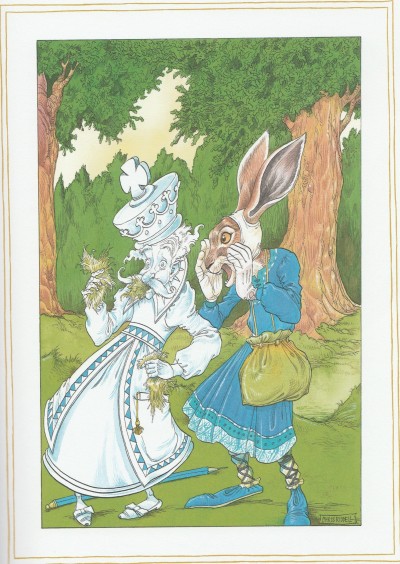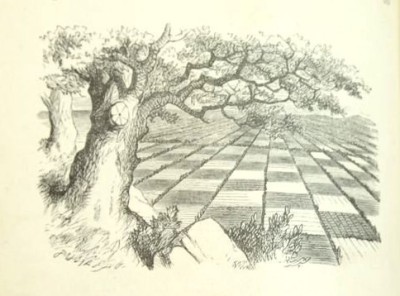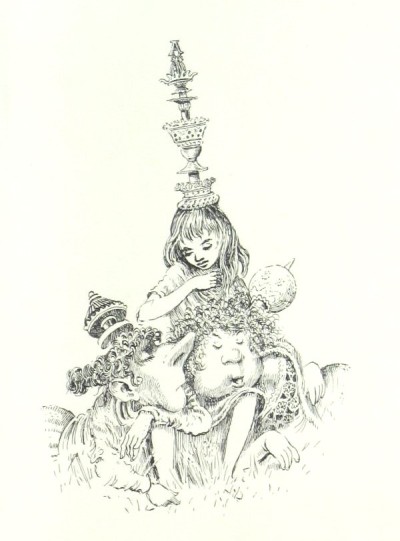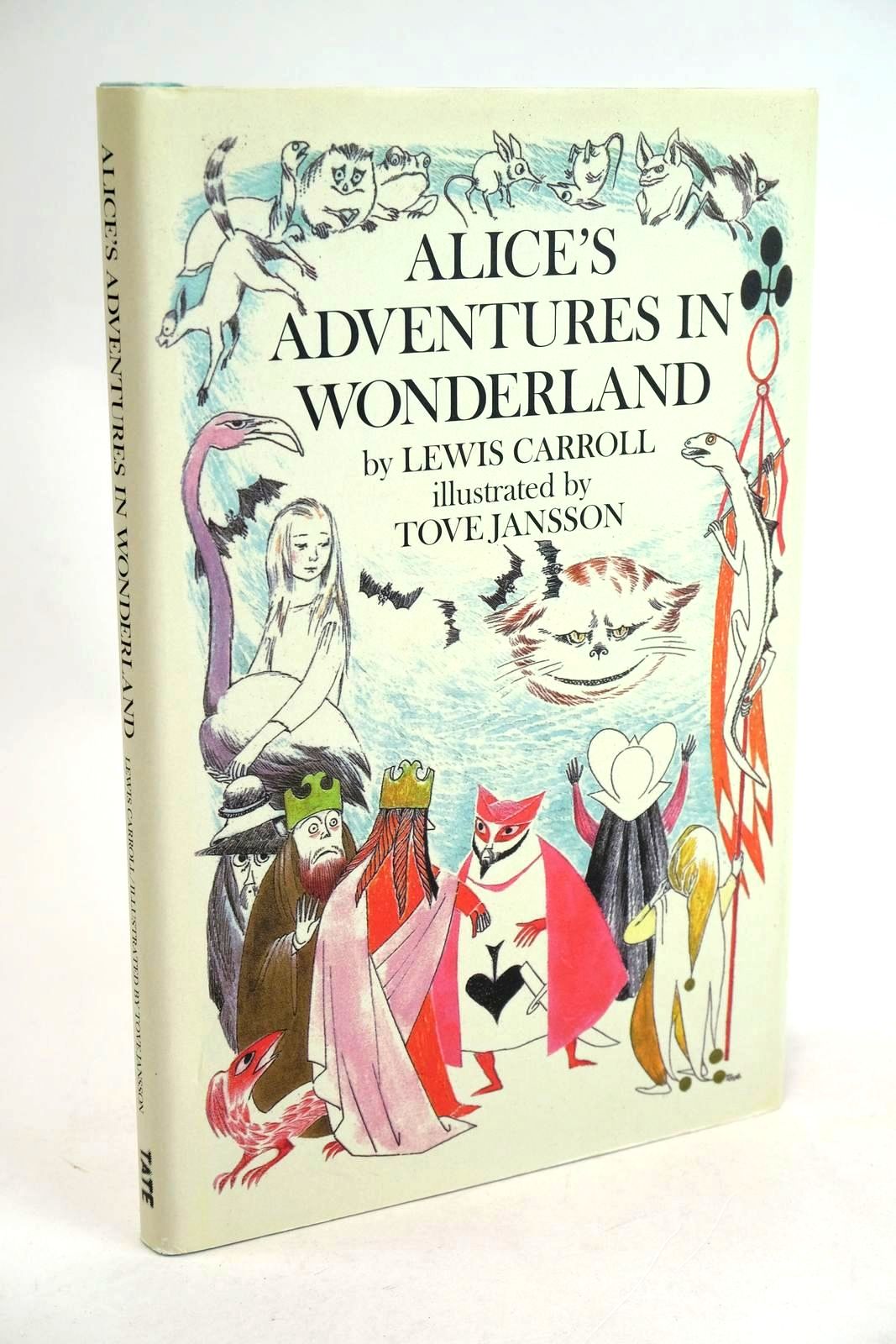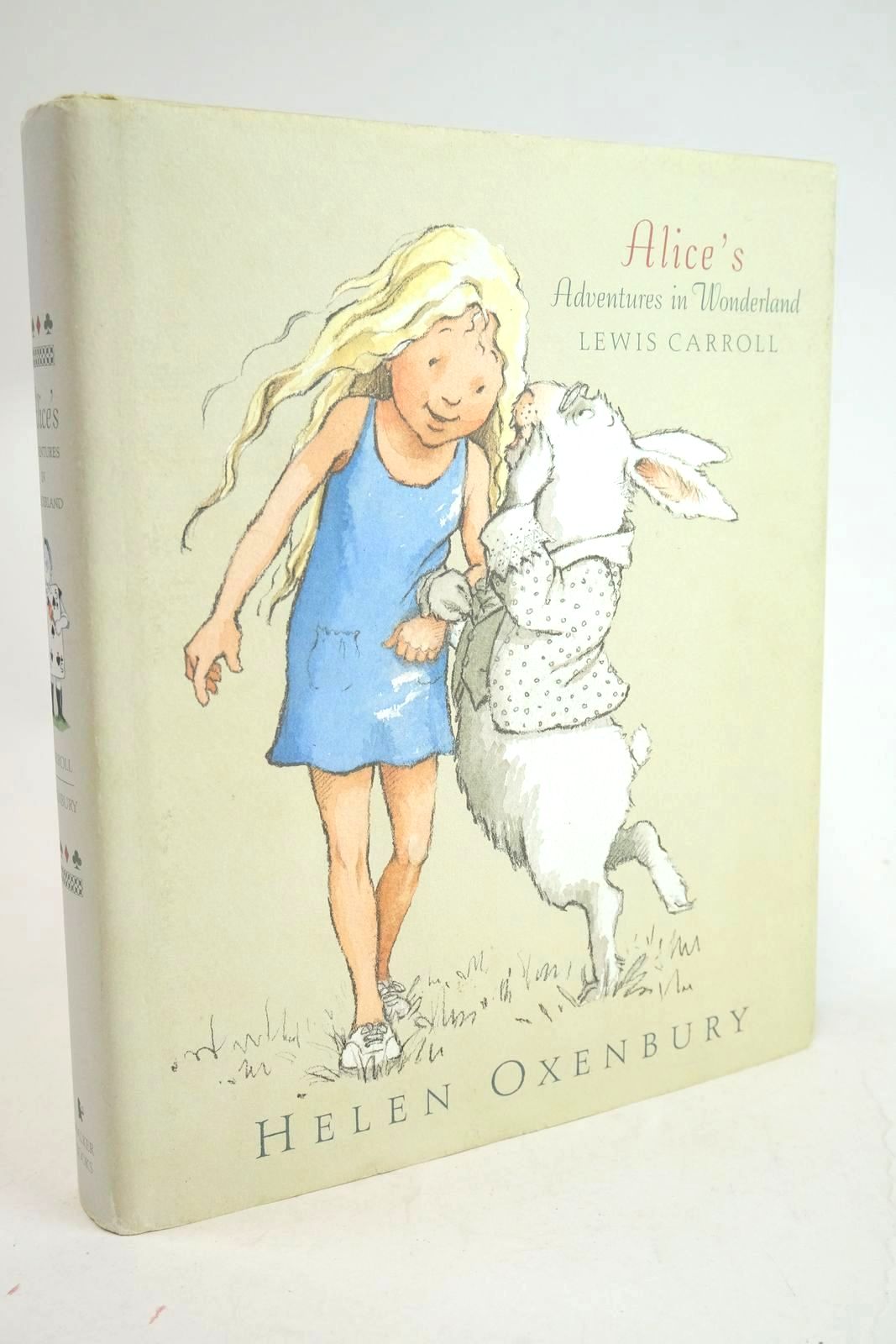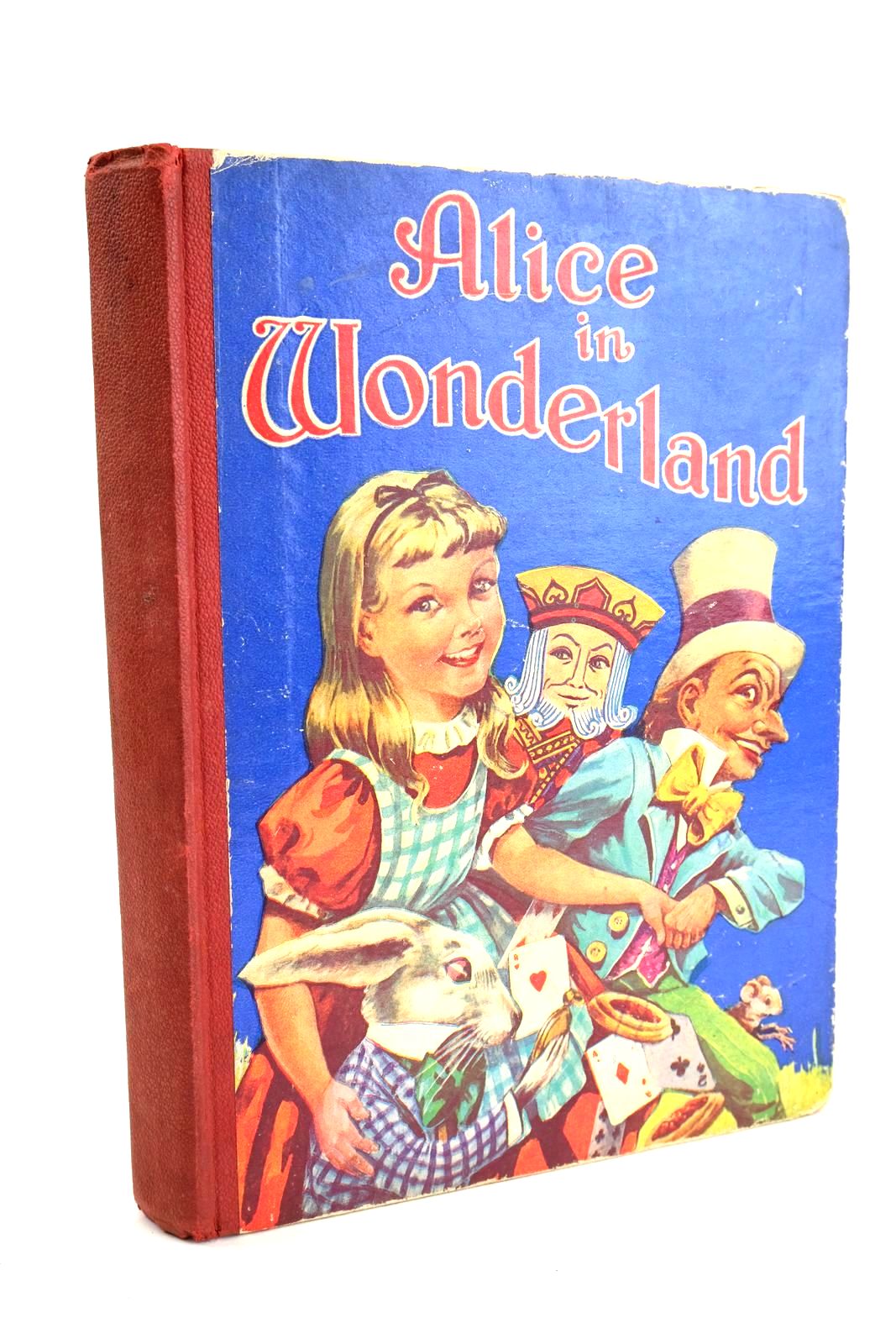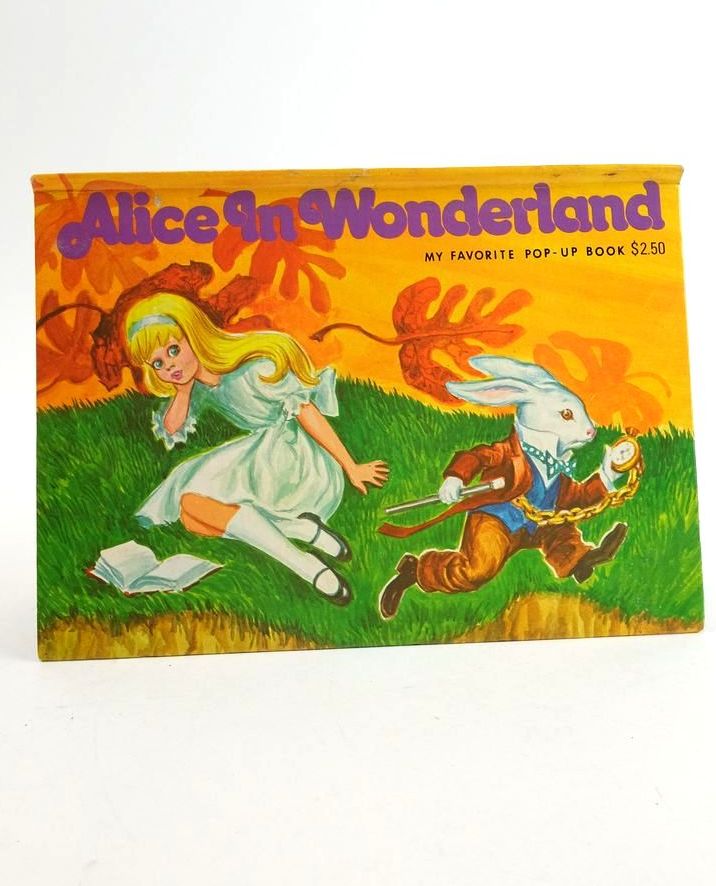Through the Looking-Glass and What Alice Found There
Through the Looking-Glass and What Alice Found There was first published in December 1871 and is the sequel to Alice's Adventures In Wonderland (1865), by author Lewis Carroll.
Alice again enters a fantastical and nonsensical world, but is this the Wonderland that she happened upon once a lazy dream ago, when she followed the White rabbit down that hole? This time it is snowing outside so she is playing inside with two kittens, a black one called Kitty and a white one called Snowdrop, so this is quite different to the sunny day when she entered Wonderland previously. But again, we see the 'dream' quality - is this a prerequisite for entering fantastical and wondrous worlds? “Alice was sitting curled up in a corner of the great armchair, half talking to herself and half asleep”.
While in this state Alice is conversing with Kitty about faults and punishments and the chess game they have been 'playing'. Alice's game of ‘let’s pretend' with Kitty has her imagining the kitten as the Red Queen chess piece. To punish Kitty for not playing along to Alice's satisfaction, the black kitten is held up to the looking-glass and she threatens “and if you're not good directly, I'll put you through into Looking-Glass House”. Before she knows it, Alice is “up on the chimney piece...though she hardly knows how she got there. And certainly the glass was beginning to melt away, just like a bright silvery mist”. “In another moment Alice was through the glass and had jumped lightly down into the Looking-Glass Room”.
Through the Looking-Glass takes Alice to a world which appears to her, partly the same, but then again totally opposite, or at least inside out to the world she has just left. Looking-Glass Land shows her the reflection of many things, including that of logic (so more nonsense again, something that Carroll excels at portraying). Things also seem to happen in reverse for Alice, for example – the books in Looking-Glass land can only be read whilst holding them up against a Looking-Glass, so that the words are the correct way around. This is shown in the famous poem 'Jabberwocky', which Alice happens upon very soon after her entry into the Looking-Glass Room.
Looking-Glass Land is also dominated by chess pieces. Alice dusts the White King in the Looking Glass Room, much to his alarm, which he makes very clear because, of course, all things can talk in this land too - chess pieces and flowers alike! On viewing Looking-Glass land with the Red Queen, Alice says: “I declare it's marked out just like a large chess-board!” Of course, Alice being Alice wants to join in; “You can be the White Queen's Pawn” the Red Queen tells her.
On joining the game, which somehow first involves running???!!.... she discovers that, in Looking-Glass land, running doesn't really get you anywhere – just as the Queen confirms:
“Now, here, you see, it takes all the running you can do, to keep in the same place. If you want to get somewhere else, you must run at least twice as fast as that!” Alice is also given a dry biscuit to quench her thirst after her energetic running. Of course, these things again show the reverse logic of Looking-Glass Land - where Alice came from, when you run you are usually going somewhere, and of course a drink is needed to quench your thirst not a biscuit!
Alice continues in her role as Pawn for the White Queen and has to cross the 'brooks and streams', which take her across to the next part of the 'board' and up in rank. Along the way, she learns about Looking-Glass insects, including a melancholic “very large Gnat, about the size of a chicken”, before she carries on into a wood “where things have no names” and Alice forgets even her own name. After journeying through the wood with a Fawn, who also has no recollection of what or who it is, Alice meets the Tweedle twins, Dee and Dum, of the well-known nursery rhyme and they recite for her 'The Walrus and the Carpenter'.
Carroll uses a number of nursery rhyme characters throughout the Looking-Glass. In addition to Tweedledee and Tweedledum, Alice later encounters Humpty Dumpty who confounds her with seemingly disjointed and irrelevant conversations about age, unbirthdays and poetry, but then aren't all conversations nonsense in this land? On reading this chapter in the book, especially where “he grinned almost from ear to ear”, Humpty Dumpty reminds me very much of the Cheshire Cat character from Alice In Wonderland.
Apart from Alice herself, Carroll in this book doesn't really reprise the characters from the original 'Alice In Wonderland' but introduces new characters, although in chapter seven, the March Hare and Hatter do appear as the Anglo-Saxon messengers in the game, named Haigha and Hatta respectively.
After crossing many brooks and meeting with many different 'chess' piece characters, including opposing Red and White Kings, Knights and Queens, along with numerous nursery and nonsense rhymes and mind-boggling and illogical conversations, Alice finally comes to the “edge of the last brook”. ‘The Eighth Square at last!’ she cried as she bounded across and threw herself down to rest on a lawn as soft as moss. Alice then finds herself quite unexpectedly crowned Queen and embarks on further illogical and frustrating discussions with the White and Red Queens, before they persuade her to sing them a lullaby which ends with both Queens being “fast asleep and snoring loudly”.
Alice is then somehow transported to a party, apparently in her honour, although she has trouble getting in. This passage is reminiscent to me of the Mad Tea Party in Wonderland. Things really are strange here, with the Red Queen introducing a 'shy' Alice to a leg of mutton: “Alice – Mutton: Mutton – Alice”. “The leg of mutton got up in the dish and made a little bow to Alice; and Alice returned the bow, not knowing whether to be frightened or amused.”
At this point in the story, it seems that Alice is getting more and more agitated; she turns fiercely on the “Red Queen, whom she considered as the cause of all the mischief”, but the Red Queen has “suddenly dwindled down to the size of a little doll, and was now on the table merrily running round and round,..” Alice catches hold of her and says “I'll shake you into a kitten, that I will!” Of course, after the shaking, comes the waking, with Red Queen 'Kitty' purring loudly on Alice's lap . This leads Alice to question herself, Kitty, Snowdrop and her cat Dinah, just “who it was that dreamed it all”.
Alice's Adventures In Wonderland and Through the Looking-Glass, are both set in the same year, although six months apart, the latter being the 4th of November, the day before 'Bonfire night'.
It appears that Carroll in both stories needs to have the use of a device to be able to change plots quickly, to portray the unreality of a dreamlike state, but to also move each story along.
In Alice in Wonderland it seems that Carroll uses changes in size, which Alice does frequently, whereas in Through the Looking-Glass he uses the movement of chess pieces across a board to move Alice through the story. In the preface of Through the Looking-glass, Carroll 'explains' the chess problem, even with an illustration and the 'moves' that are needed to be made by Alice for her to 'win'.
Perhaps there's something more complicated beneath the surface reading for those who are mathematically minded, but, as someone who has never been able to play or understand chess, I'm certain I can't discern what this is! However, Carroll, also being a mathematician, would have surely understood the game and perhaps this added an extra layer of interest for him as an author in the writing of the book.
Carroll again used John Tenniel to illustrate 'Through the Looking-Glass', although countless illustrators have lent their skills to bringing Alice and Looking-Glass land and all its characters to life in the more than 150 years since it was first published by Macmillan.
Why not rejoin Alice in her further Adventures Through the Looking-Glass? Please see our stock of 'Alice' books here.
Credits:
Wikipedia
singerburke.com
Through the Looking-Glass and What Alice Found There, Illustrated by Chris Riddell published in 2021 by Macmillan Children's Books.
Contributed by Joanne
(Published on 15th Feb 2024)


